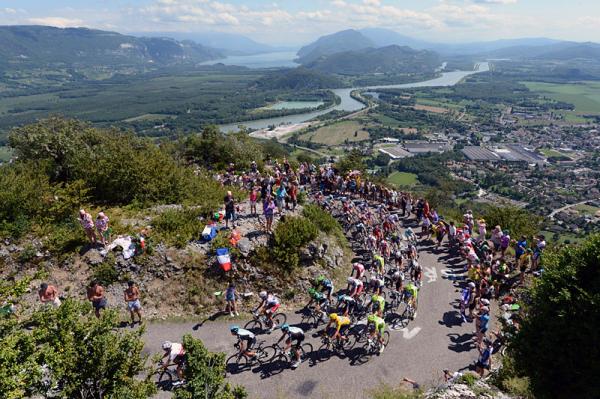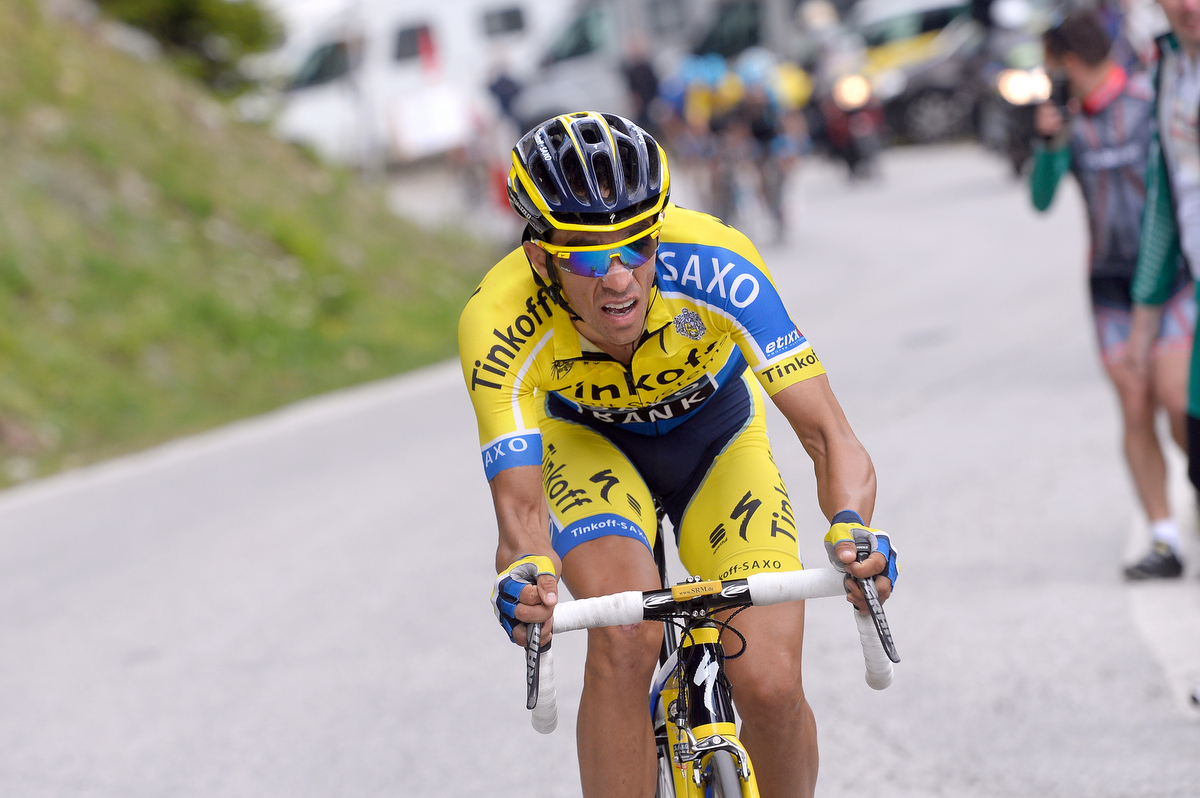Five lesser known climbs of the 2016 Tour de France
The rarely featured cols of the French Grand Tour
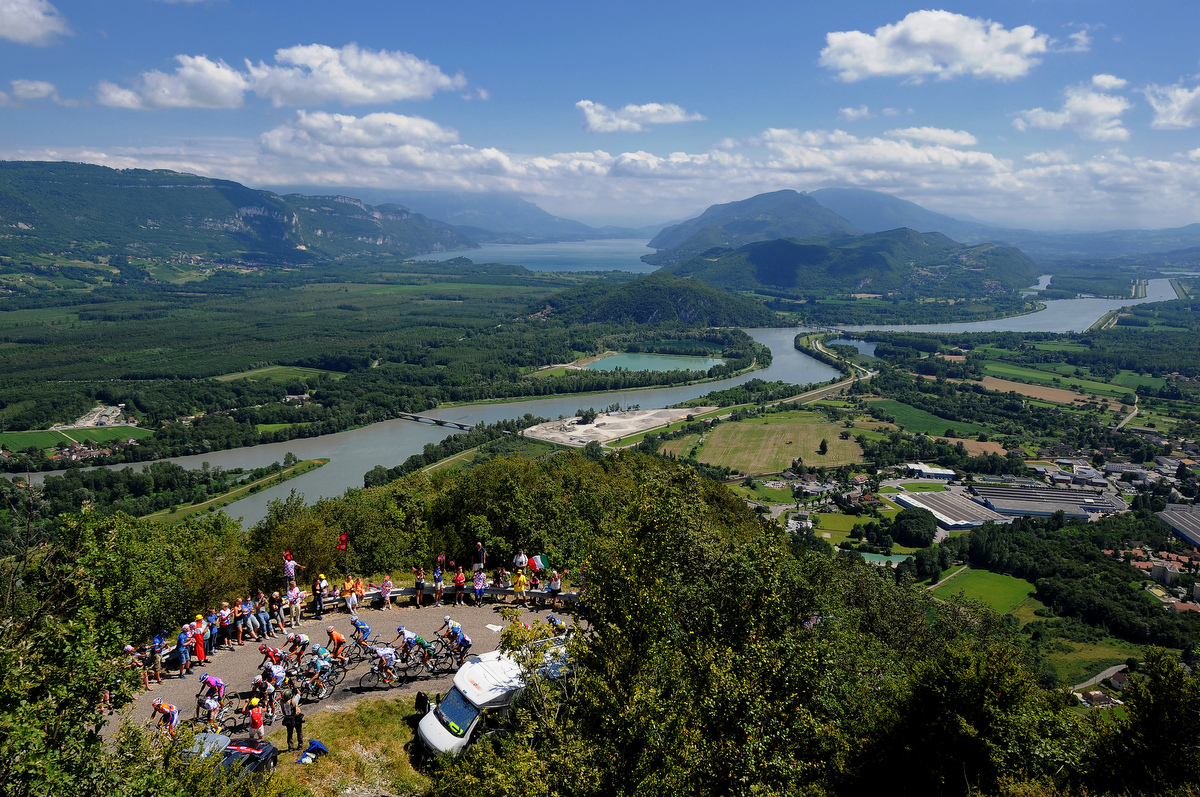
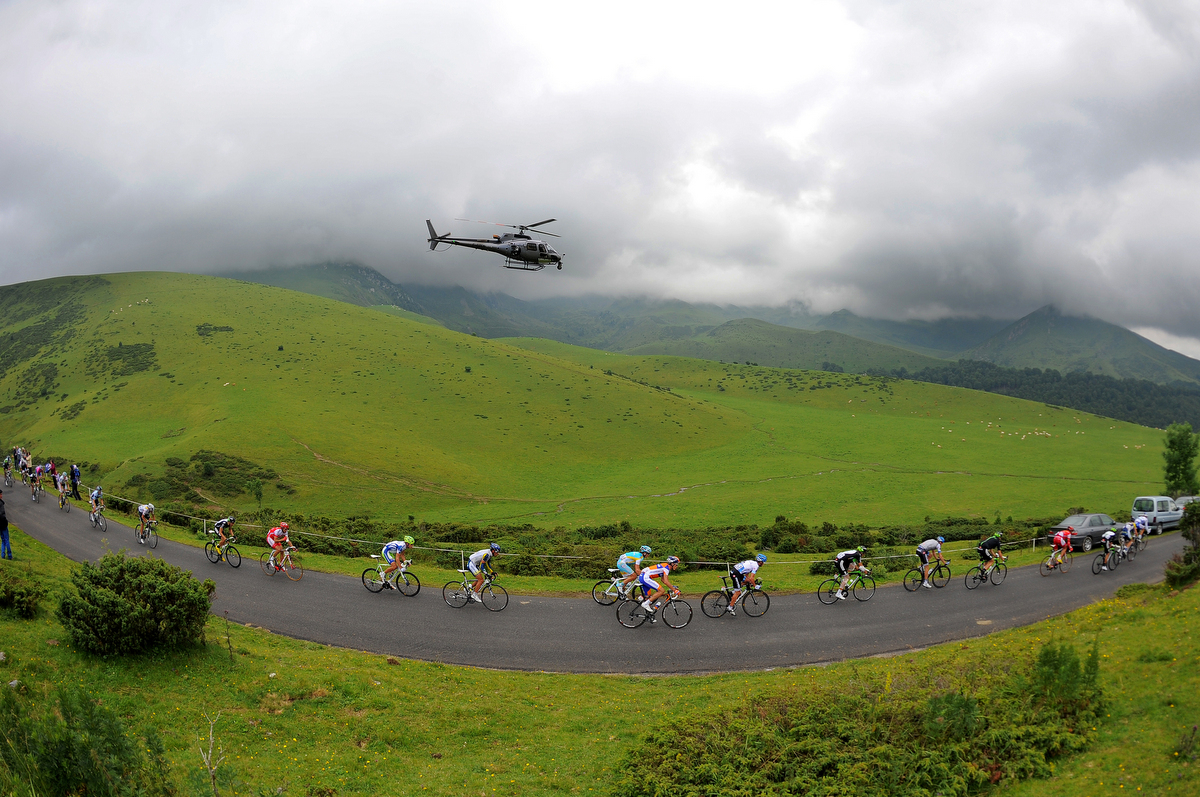
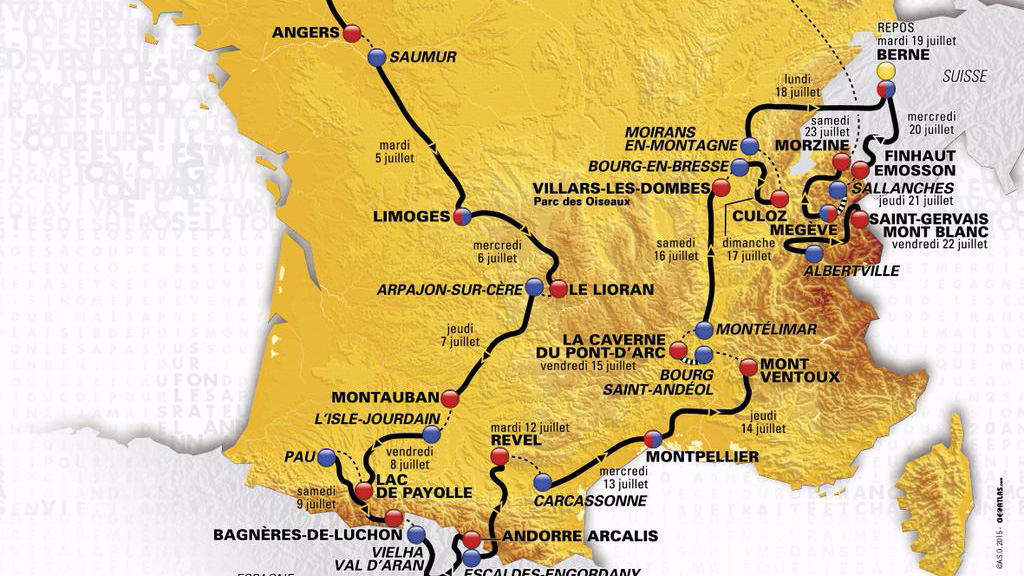
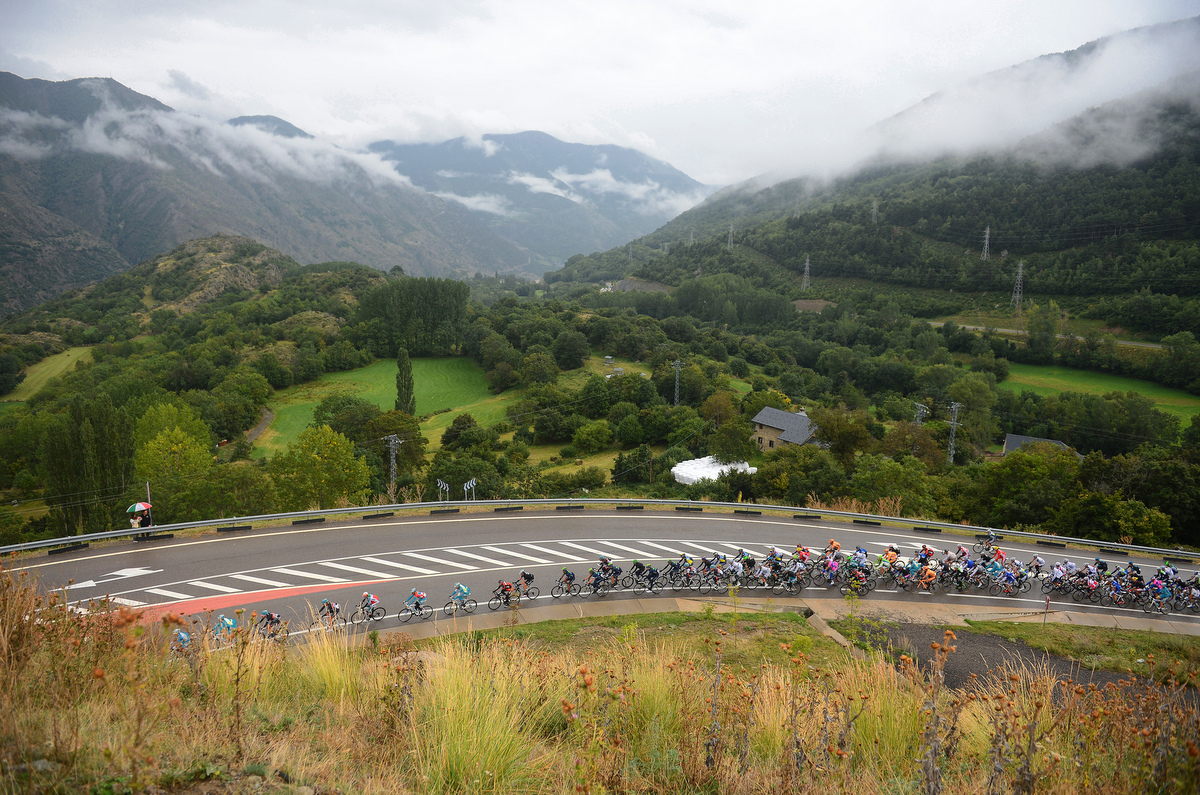
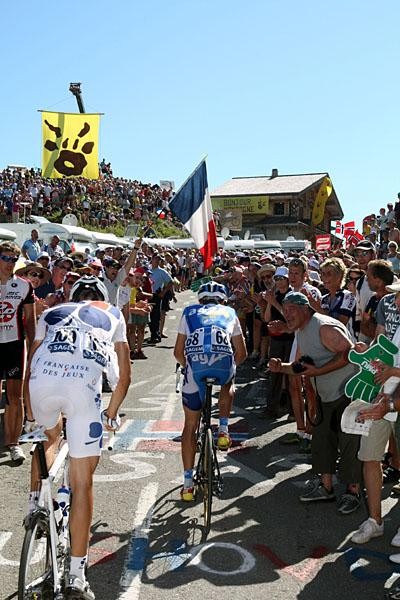
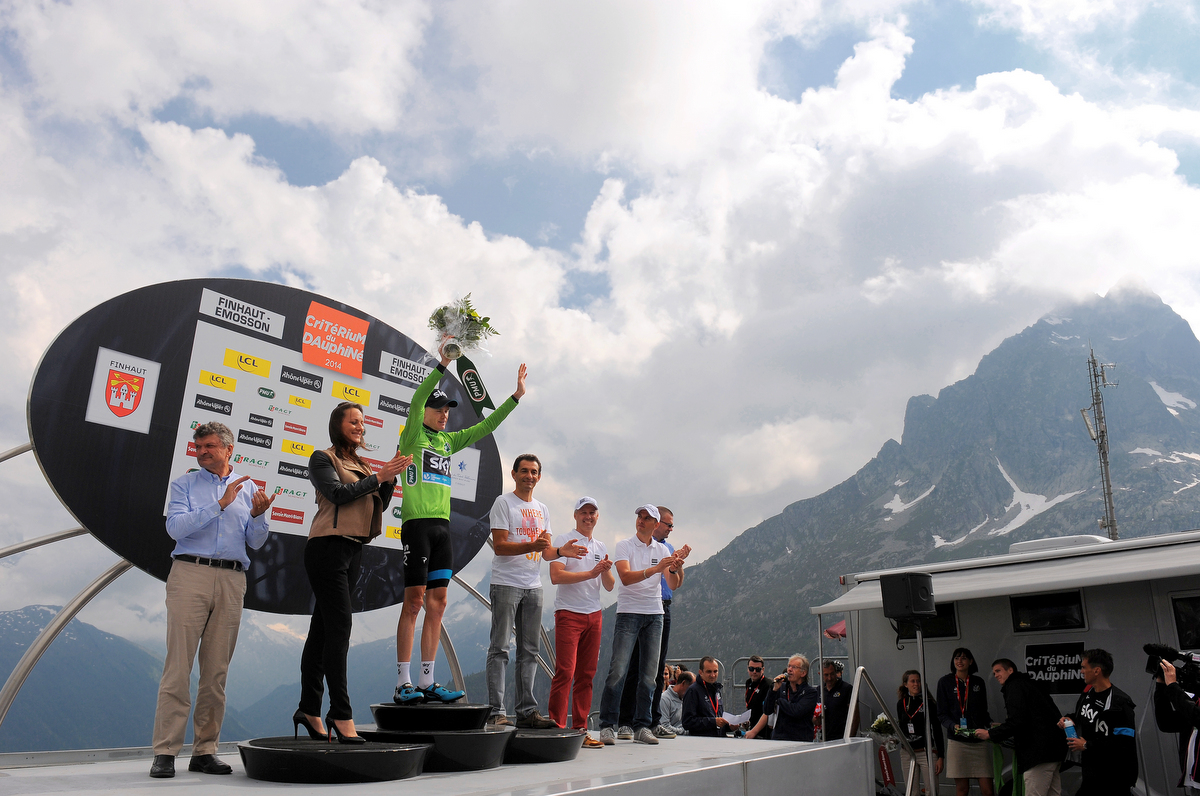
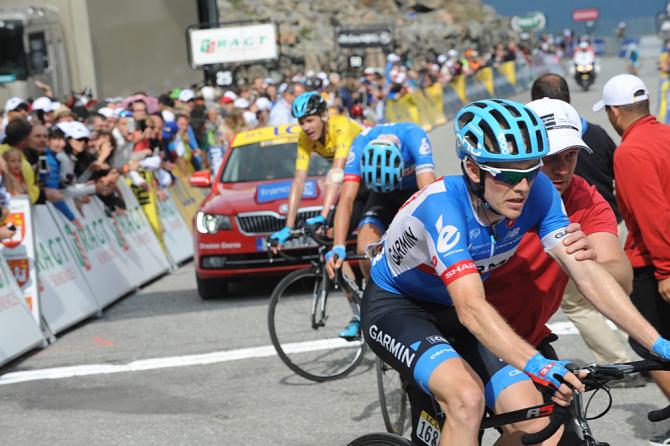
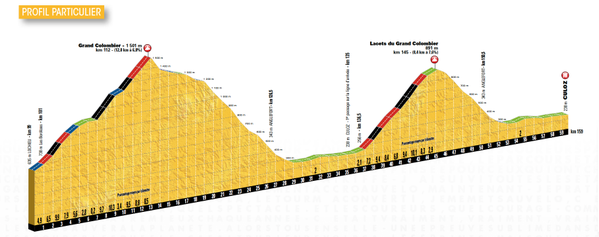
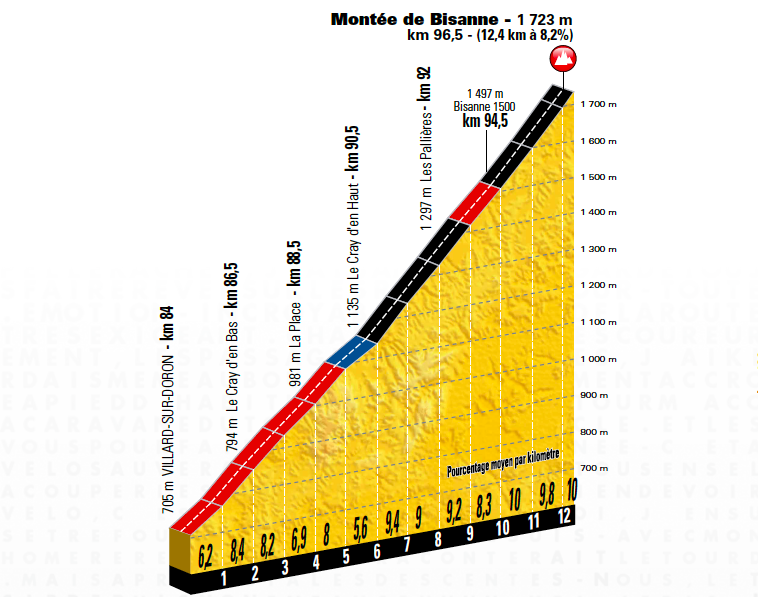
There were several familiar cols and mounts in the 2016 Tour de France route announcement Tuesday in Paris although iconic climbs such as Alpe d'Huez and the Col du Galibier have been rested for the 103rd edition of the race. In their places are the high mountains of Andorra and Switzerland, the two locations for next year's rest days, while Mont Ventoux makes its return to the race for the first time since 2013.
Five conclusions from the 2016 Tour de France route
Contador sees 2016 Tour de France as one for the climbers
The Cyclingnews Podcast: Analysis of the 2016 Tour de France route
Movistar duo welcomes mountainous 2016 Tour de France route
Brailsford: Froome for the 2016 Tour de France and Landa for the Giro d'Italia
With several new climbs making their way into the route and others returning for 2016 after a hiatus, Cyclingnews takes a look at five lesser known climbs to feature in next year's Tour de France.
Stage 8: Hourquette d'Ancizan - 8.2km at 4.9% (1,564m)
The Pyrenean Hourquette d'Ancizan climb has featured in the Tour de France on two previous occasion, the 2011 edition of the race on stage 12 from Cugnaux to Luz Ardiden, when it was the first of three categorised climbs on the day. The 8.2km climb was followed by the Col du Tourmalet and Luz Ardiden with Samuel Sánchez winning the stage, Alberto Contador losing time to his major rivals and Thomas Voeckler wearing the yellow jersey.
In 2013 it was the penultimate climb on a fast and ferocious stage 9 to Bagneres de Bigorre where Dan Martin took the stage win ahead of Jakob Fuglsang while behind in the GC race, Richie Porte was dropped and Chris Froome isolated early as Movistar's Nairo Quintana and Alejandro Valverde then tried to get away on the Hourquette d'Ancizan only for the yellow jersey to reel them in.
The peloton will ride the reverse of the 2011 stage with next year's stage 8 from to sending the riders over the Tourmalet and then the Hourquette d'Ancizan before the Col de Val-Louron-Azet and Peyresourde. Christian Prudhomme described the stage as potentially "a battle with several levels where anything and everything can happen."
Starting with an 11% pitch, the first 3km of the climb are the hardest with two other 10% plus gradients before slightly levelling out with sections of 8%, 6% and finally 9% at the top of the 8.2km. With cows a feature of the climb, riders will need to be careful on the narrow road while descending to avoid a bovine collision.
The latest race content, interviews, features, reviews and expert buying guides, direct to your inbox!
As the Hourquette d'Ancizan is the second of four catergorised climbs on stage 8, the climb won't be decisive to the overall hopes of the GC riders on the day or in total. The return of the mountain pass demonstrates just how many climbs the Tour can call upon, and some of them like the Hourquette d'Ancizan are real gems which contribute moments and footnotes in the history of the race
The Hourquette d'Ancizan debuted at the 2011 Tour de France (TDW Sport)
Stage 9: Col d'El Canto - 19km at 5.4% (1,721m)
The Andorran climb Col d'El Canto, also known as the Port de Cantó, makes its first 21st century appearance in the Tour de France and its third in history. The longest climb of the 2016 Tour last featured in the race back in 1993 on stage 16 with Polish rider Zenon Jaskuła taking the stage win. 1974 was the first occasion on which the Col d'El Canto was climbed by the Tour, also on stage 16, with Domingo Perurena leading the peloton over the climb.
A picturesque climb, the Col d'El Canto is the second climb of stage 9 coming at 87.5km into the 184km day from Vielha Val d'Aran to Andorre Arcalis. While the climb is relatively 'easy' with its average gradient of 5.4%, the Col d'El Canto starts with a twisting ascent from Sort with the road straightening out in Vilamur where the road then kicks up to sections of 6 and 7% gradients.
At Rubió, there is slight dip and flattening of the road before the final 1500 metres when the gradient averages 7.2%. After that, the riders can bomb into La Seu d'Urgell, and from there more climbing awaits in the form of the Cat 1 Côte de la Comella and Col de Beixalis, and finally the HC Andorre Arcalis summit finish.
In 2012 the Volta a Catalunya visited the Canto after snow shortened the queen stage of that year's race. It's unlikely that foul weather will strike the climb in July but there will be plenty of riders suffering just as much as that cold and dark March afternoon.
The Col d'El Canto (TDW Sport)
Stage 15: Lacets du Grand Colombier - 8.4km at 7.6% (891m)
While the Alps and Pyrenees are regarded as the premier mountain ranges of the France, the Jura also features excellent mountains and roads for climbing of which the Lacets du Grand Colombier is one. This year it was the photogenic Lacets de Montvernier making its Tour debut but the 'shoelaces' of stage 15 are a far less well known ascent.
The centerpiece of the 159km stage 15 from Bourg-en-Bresse to Culoz is the 1501m Grand Colombier. The HC climb comes after 99km of lumpy racing through the Jura with the peloton making its ascent from Lochieu. Having tackled the 18km climb, the riders drop down the mountainside, pass through the finish line in Culoz and make their way up the Lacets du Grand Colombier.
With a fast descent into Culoz following the ascent of the 8.4km climb, there is opportunity to chase back on should riders be dropped with nine kilometres of flat racing to the finishline. The Lacets though are sure to be an exciting moment in the stage with the unknown quality of the 7.6% average climb sure to catch out several riders.
From early impression of the route, it appears Prudhomme is keen to have riders racing at any and every opportunity. The inclusion of a climb such as Lacets du Grand Colombier isn't to nullify the action as a long 20km plus climb could but for short, sharp aggressive racing on smaller fierce climbs.
The Grand Colombier was climbed at the 2012 Tour de France (TDW Sport)
Stage 17: Finhaut - Emosson - 10.4km at 8.4% (1,960m)
The summit finish in Finhaut - Emosson replicates that of the stage 2014 Criterium du Dauphine stage 7 finish. An Alberto Contador and Chris Froome dual saw the Tinkoff-Saxo rider move into the overall lead after attacking inside the final two kilometres and dropping his rival.
Although the Finhaut-Emosson hasn't featured in the Tour de France, the ASO tested the summit finish at the Dauphine before unleashing it at the three week race next July. The all-Swiss stage is the first after the second rest day and it is a stage to reveal how well riders used their 'day off'. The Swiss climb is preceded by the 13km Col de la Forclaz which tops out at 1527m. Having climbed the Forclaz, the road drops down, giving riders a chance to eat and drink quickly before the 10km climb to the finish line at the Emosson dam.
At 1960 metres, it's hardly the highest climb of the Tour nor is it the longest at just over 10km but its average gradient of 8.4% is going to test the GC men all the way to the line. Should the stage follow the Dauphine script, there will be a breakaway up the road with the overall contenders battling it out a little further behind.
The climb maintains its painful gradient all the way to the line with the opportunity for a rider to extract 20 seconds from a rival, or crack and see their overall aspirations disappear into the dam while an opportuntist can enjoy their day in the limelight with stage victory.
Alberto Contador attacking on the road to Emosson at the 2014 Duaphine (TDW Sport)
Stage 19: Montée de Bisanne - 12.4km at 8.2% (1,723m)
The Alpine Montée de Bisanne climb will make its Tour de France debut in 2016 and could prove to be decisive in shaping the overall podium in Paris two days later. A tough 12km climb, the irregular, steep hairpins of the Montée de Bisanne are sure to hurt the legs mid-stage before the ascension of Le Bettex. Since taking over as the Tour de France director, Christian Prudhomme has regularly thrown in short stages in the Alps and stage 19 repeats that dosage with just 146km between the Albertville start and Saint-Gervais Mont Blanc finish.
The short stages of the Prudhomme era have produced fast and frenetic racing, and there is a very real possibility of the race being torn to shreds at the foot of the Montée de Bisanne after 83km of racing. Fabio Aru had his Astana team try to rip the Giro to shreds in the first week and should he be within touching distance of yellow on stage 19, it would be no surprise to see him try and implement a similar strategy on the Montée de Bisanne.
With sections of road that average 9 and 11% there is little opportunity to get into a rhythm but with the descent that follows the climb into Megève, the finish of stage 18 and start of stage 20, there is a chance to chase back on before the final 9.8km climb which featured in this year's Dauphine as Froome won the stage.
The unknown of the Montée de Bisanne is sure to create drama in the third week of the Tour and a memorable day out racing might just seal a return invitation from ASO.
Click here to subscribe to the Cyclingnews podcast on iTunes.
